Landowners in the UK who sell inherited property could be hit with significantly higher capital gains tax bills under recommendations presented to the Treasury last week.
Capital gains tax is charged on the increase in value of an asset since its acquisition. For farmers and landowners, it mainly applies to the sale of farmland.
The Office of Tax Simplification (OTS) has proposed removing the capital gains uplift, which is currently available on assets inherited by a successor following the death of the previous owner.
The uplift allows the acquisition value of the asset (for capital gains tax calculations) to be the market value of the asset on the date of the previous owner’s death. Removing this uplift mechanism, as proposed by OTS, would mean the successor is treated as having obtained the property at the previous owner’s acquisition value.
If the successor eventually sells the property, the capital gains tax bill would be significantly higher, as the acquisition value is likely to be much lower in the absence of the capital gains uplift.
Omagh-based accountant Seamus McCaffrey said that a capital gains tax rate (applied to the difference between actual sale price and acquisition value) of 10% is available for some transfers under entrepreneur relief.
“The main rate is 20% and a higher rate of 28% is typically applied to the transfer of rented property. The annual personal allowance for capital gains tax is £12,000/person,” he said.
Relief
Capital gains tax mainly applies to the sale of properties, because gift holdover relief is usually available when a property is gifted to a successor during the previous owner’s lifetime.
This allows the successor to have no capital gains tax bill, although they are required to take on the asset at the previous owner’s acquisition value, which means the capital gains liability caused by the increase in value over the previous ownership is not washed away.
OTS states that the reason for recommending the removal of the capital gains uplift is to disincentivise property owners from waiting until death for the transfer of assets to a successor. This is because the capital gains uplift effectively allows the capital gains liability to be washed away on death.
For inheritance tax, which is charged on the estate of someone who has died, agricultural property relief (APR) allows 100% exemption from it in most cases, where farmland is transferred to a successor on the death of previous owner.
“Where an asset is exempted or relieved from inheritance tax, the capital gains uplift means the asset can be sold shortly after death without either inheritance tax or capital gains tax being payable,” the OTS report reads.
Inheritance
Inheritance tax is the main item under review in the OTS report, although there are no major recommendations for the tax which could affect farmers or landowners.
In July 2018, former Defra Minister George Eustice suggested that the OTS could recommend making it a requirement for landowners who lease out their land to use long-term tenancy agreements to be eligible for APR. However, OTS did not make the recommendation in its final report.
The OTS report does recommend that the government reviews its current approach to the eligibility of farmhouses for APR in sensitive cases.
An example is when a farmer goes into a care home and the farmhouse is no longer occupied for agricultural purposes, as required for 100% inheritance tax relief under APR.
“Although the OTS has heard from HMRC that it seeks to apply a commonsense approach, the OTS believes that the tests for eligibility in such circumstances should be clearer and more transparent,” the report reads.
Read more
‘Succession planning is not a sign of weakness’
Light touch approach to MTD penalties
Landowners in the UK who sell inherited property could be hit with significantly higher capital gains tax bills under recommendations presented to the Treasury last week.
Capital gains tax is charged on the increase in value of an asset since its acquisition. For farmers and landowners, it mainly applies to the sale of farmland.
The Office of Tax Simplification (OTS) has proposed removing the capital gains uplift, which is currently available on assets inherited by a successor following the death of the previous owner.
The uplift allows the acquisition value of the asset (for capital gains tax calculations) to be the market value of the asset on the date of the previous owner’s death. Removing this uplift mechanism, as proposed by OTS, would mean the successor is treated as having obtained the property at the previous owner’s acquisition value.
If the successor eventually sells the property, the capital gains tax bill would be significantly higher, as the acquisition value is likely to be much lower in the absence of the capital gains uplift.
Omagh-based accountant Seamus McCaffrey said that a capital gains tax rate (applied to the difference between actual sale price and acquisition value) of 10% is available for some transfers under entrepreneur relief.
“The main rate is 20% and a higher rate of 28% is typically applied to the transfer of rented property. The annual personal allowance for capital gains tax is £12,000/person,” he said.
Relief
Capital gains tax mainly applies to the sale of properties, because gift holdover relief is usually available when a property is gifted to a successor during the previous owner’s lifetime.
This allows the successor to have no capital gains tax bill, although they are required to take on the asset at the previous owner’s acquisition value, which means the capital gains liability caused by the increase in value over the previous ownership is not washed away.
OTS states that the reason for recommending the removal of the capital gains uplift is to disincentivise property owners from waiting until death for the transfer of assets to a successor. This is because the capital gains uplift effectively allows the capital gains liability to be washed away on death.
For inheritance tax, which is charged on the estate of someone who has died, agricultural property relief (APR) allows 100% exemption from it in most cases, where farmland is transferred to a successor on the death of previous owner.
“Where an asset is exempted or relieved from inheritance tax, the capital gains uplift means the asset can be sold shortly after death without either inheritance tax or capital gains tax being payable,” the OTS report reads.
Inheritance
Inheritance tax is the main item under review in the OTS report, although there are no major recommendations for the tax which could affect farmers or landowners.
In July 2018, former Defra Minister George Eustice suggested that the OTS could recommend making it a requirement for landowners who lease out their land to use long-term tenancy agreements to be eligible for APR. However, OTS did not make the recommendation in its final report.
The OTS report does recommend that the government reviews its current approach to the eligibility of farmhouses for APR in sensitive cases.
An example is when a farmer goes into a care home and the farmhouse is no longer occupied for agricultural purposes, as required for 100% inheritance tax relief under APR.
“Although the OTS has heard from HMRC that it seeks to apply a commonsense approach, the OTS believes that the tests for eligibility in such circumstances should be clearer and more transparent,” the report reads.
Read more
‘Succession planning is not a sign of weakness’
Light touch approach to MTD penalties




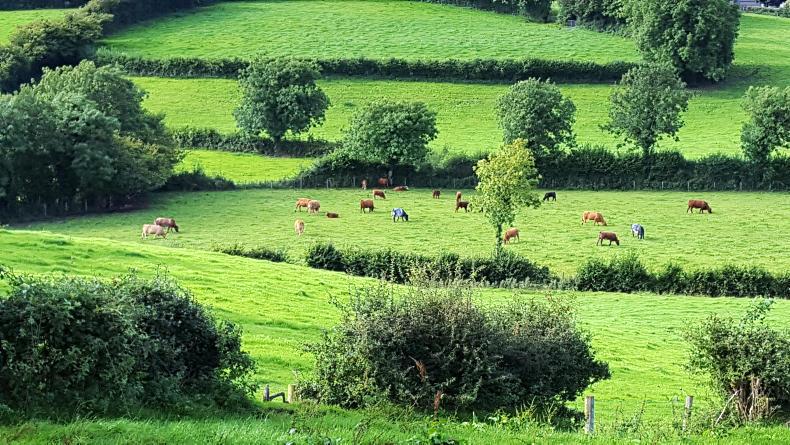
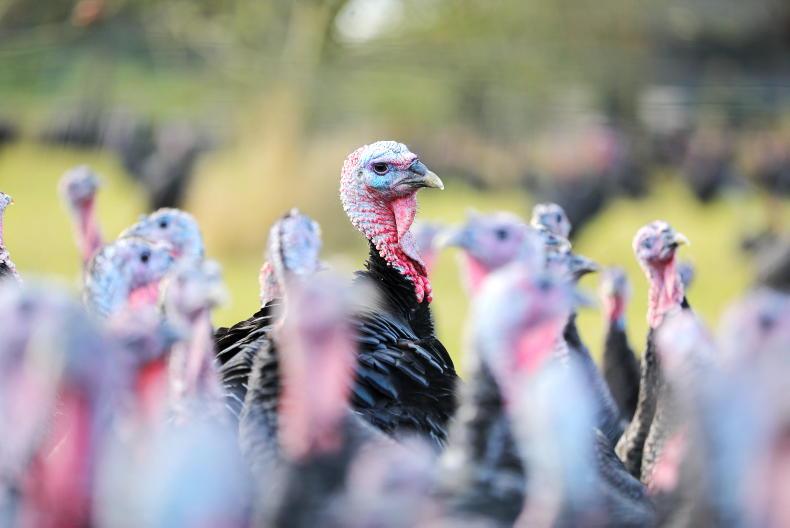

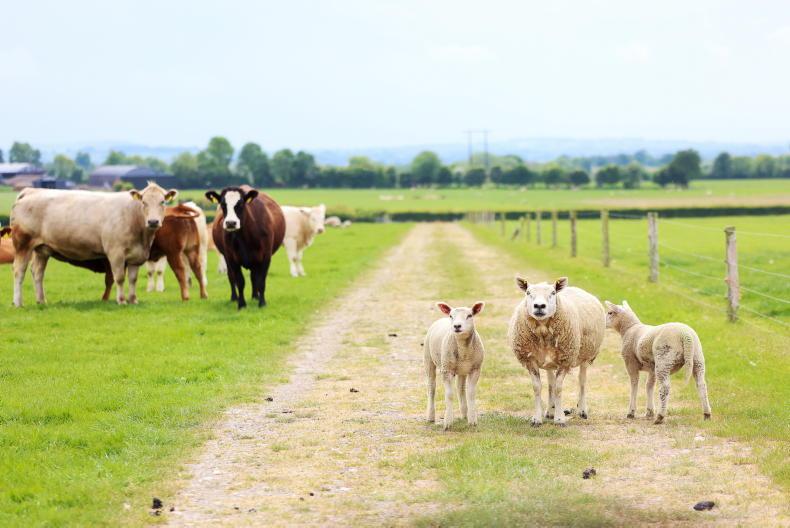
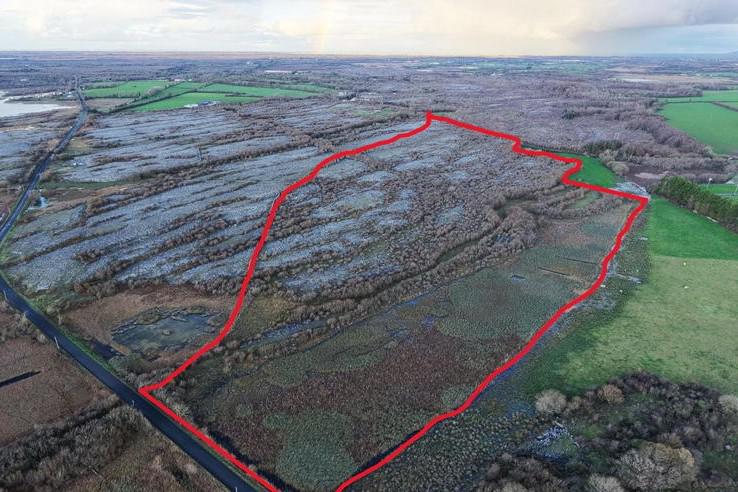
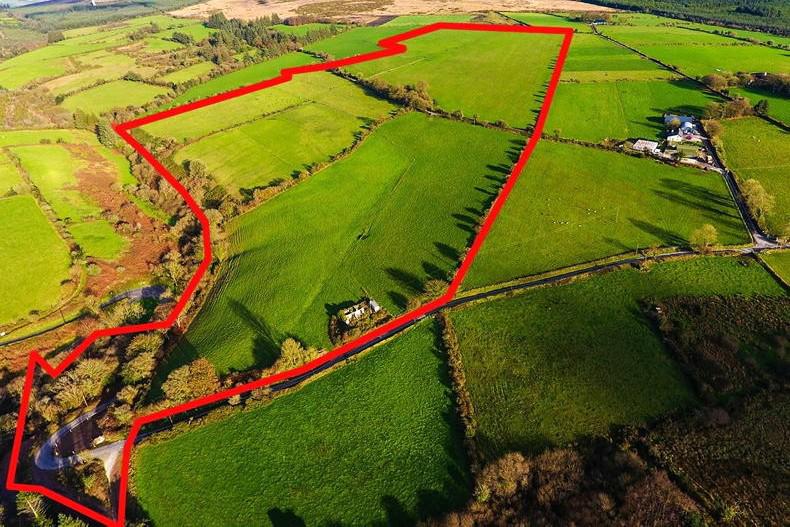
SHARING OPTIONS